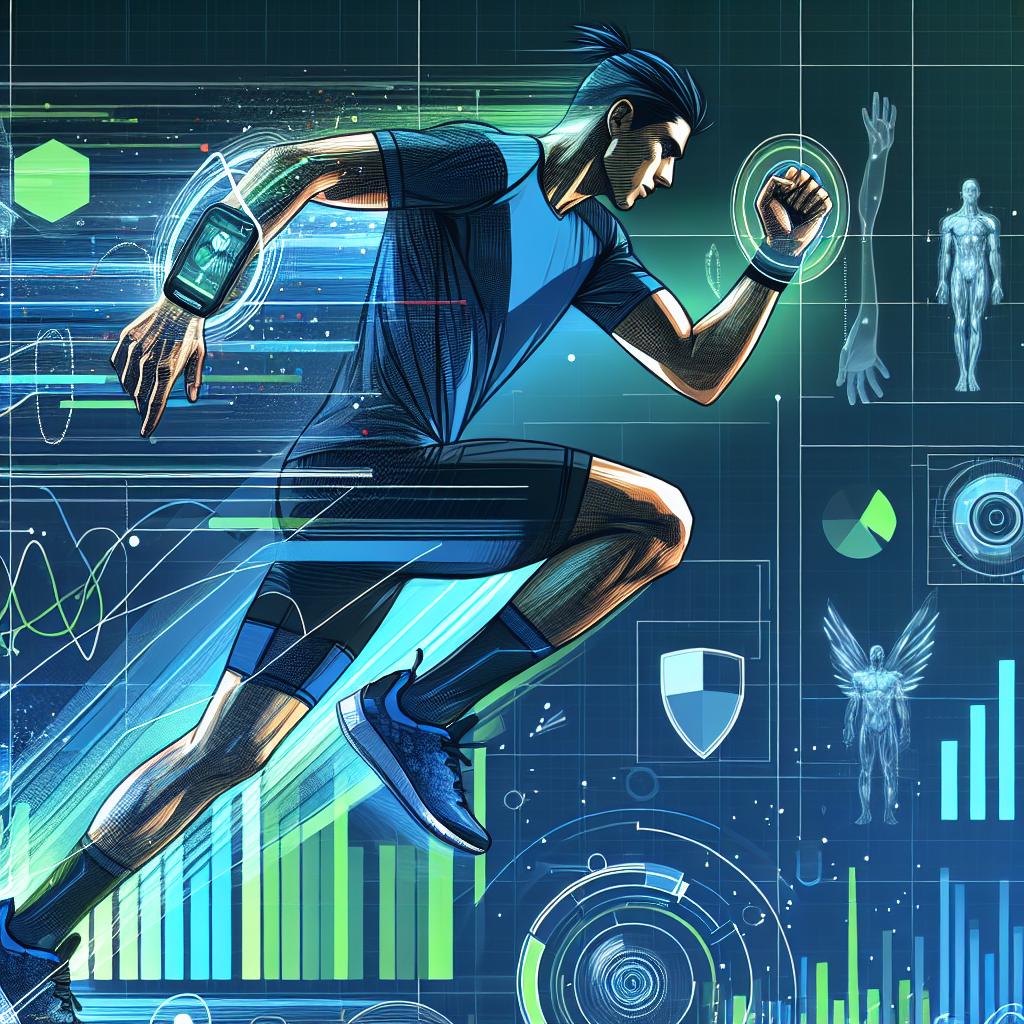
Emerging Trends in Sports Technology: A Future-Centric Analysis of the Market Landscape

Emerging Trends in Sports Technology: A Future-Centric Analysis of the Market Landscape
Rapid Growth of the Sports Technology Market: 2025 and Beyond
The global sports technology market is currently experiencing exceptional growth, with recent estimates valuing it at approximately USD 34.25 billion in 2025 and projecting it to reach around USD 68.70 billion by 2030. This growth reflects a compound annual growth rate (CAGR) of 14.9% from 2025 to 2030. The upward trajectory is significantly driven by advancements in artificial intelligence (AI), the Internet of Things (IoT), and big data analytics, which are increasingly embedded within various facets of sports, from performance monitoring to enhancing fan engagement.
Notably, the rapid expansion of smart stadium technology is becoming a key focus area, as it is designed to create immersive experiences for fans while simultaneously improving operational efficiency. This means that sports organizations are investing heavily in technologies that facilitate real-time data insights, thereby responding swiftly to both competitive pressures and fan expectations. Consequently, as organizations adopt these innovations, they will likely benefit from increased revenue streams, resulting in a more economically vibrant sports ecosystem.
Moreover, the rise of esports and innovative fitness apps is capturing a growing market segment, contributing to the diversified landscape of sports technology. New opportunities are emerging in the convergence of traditional sports and digital gaming, suggesting a transformative phase ahead for how sports are engaged with globally. With this continuously evolving marketplace, stakeholders must adapt and innovate strategies to stay relevant in a digitally dominated environment.
Transformative Impact of Wearable Technologies on Athletes and Performance Management
Wearable technology is currently revolutionizing the athletic landscape, providing athletes with sophisticated tools for performance management and health monitoring. With devices offering real-time insights into physiological metrics, athletes, coaches, and medical professionals are progressively utilizing wearables to tailor training regimens to individual fitness needs and minimize injury risks. This utilization signifies not just a trend but a fundamental shift in how performance is optimized and sport is practiced.
The trajectory points towards a growing dependency on intelligent wearables that incorporate advanced machine learning techniques, which analyze complex data patterns and offer predictive insights. This indicates that within the next few years, we can expect even greater personalization in athletic performance strategies, with technology shaping the individual pathways of athlete development. These advancements imply that coaches will increasingly rely on data-driven insights for their decision-making, optimizing not only performances in high-stakes competitions but also the overall athlete experience.
Looking ahead, the widespread integration of wearables may lead to new regulatory frameworks governing the use of technology in sports. Issues around data privacy, athlete monitoring, and the ethical implications of performance enhancement technologies are likely to come under scrutiny. Therefore, as the landscape evolves, managing these challenges will be crucial in preserving the integrity of sports while embracing technological advancements.
Glossary
- Compound Annual Growth Rate (CAGR) [Concept]: A measure used to indicate the mean annual growth rate of an investment over a specified period of time longer than one year, assuming the profits are reinvested at the end of each period.
- Smart Stadium Technology [Technology]: Technological innovations implemented in sports venues to enhance the experience of fans through immersive features and improve the operational efficiency of sports organizations.
- Esports [Concept]: Competitive video gaming where individuals or teams play against each other in organized tournaments, gaining significant popularity in the sports technology market.
- Wearable Technology [Technology]: Devices worn by individuals to collect and analyze data related to health and performance, often providing real-time feedback to improve athletic training and monitoring.
- Machine Learning [Technology]: A subset of artificial intelligence that involves the use of algorithms and statistical models to enable computers to perform tasks without explicit instructions, relying on patterns and inference.
- Data Privacy [Concept]: The aspect of data protection that is concerned with the proper handling, processing, storage, and usage of personal information, especially relevant in the context of athlete data generated by wearable devices.
- Performance Enhancement Technologies [Technology]: Tools and methods used to improve athletic performance, which include various technologies and training practices, raising ethical questions in sports.
Source Documents
- Sports Technology Market Size, Share | Industry Report, 2030https://www.grandviewresearch.com/industry-analysis/sports-technology-market
- Sports Technology Market Size and Forecast, 2030F | TechSci Researchhttps://www.techsciresearch.com/report/sports-technology-market/22064.html
- Sports Technology Market Size, Share & Forecast to 2030https://www.researchandmarkets.com/report/sports-technology